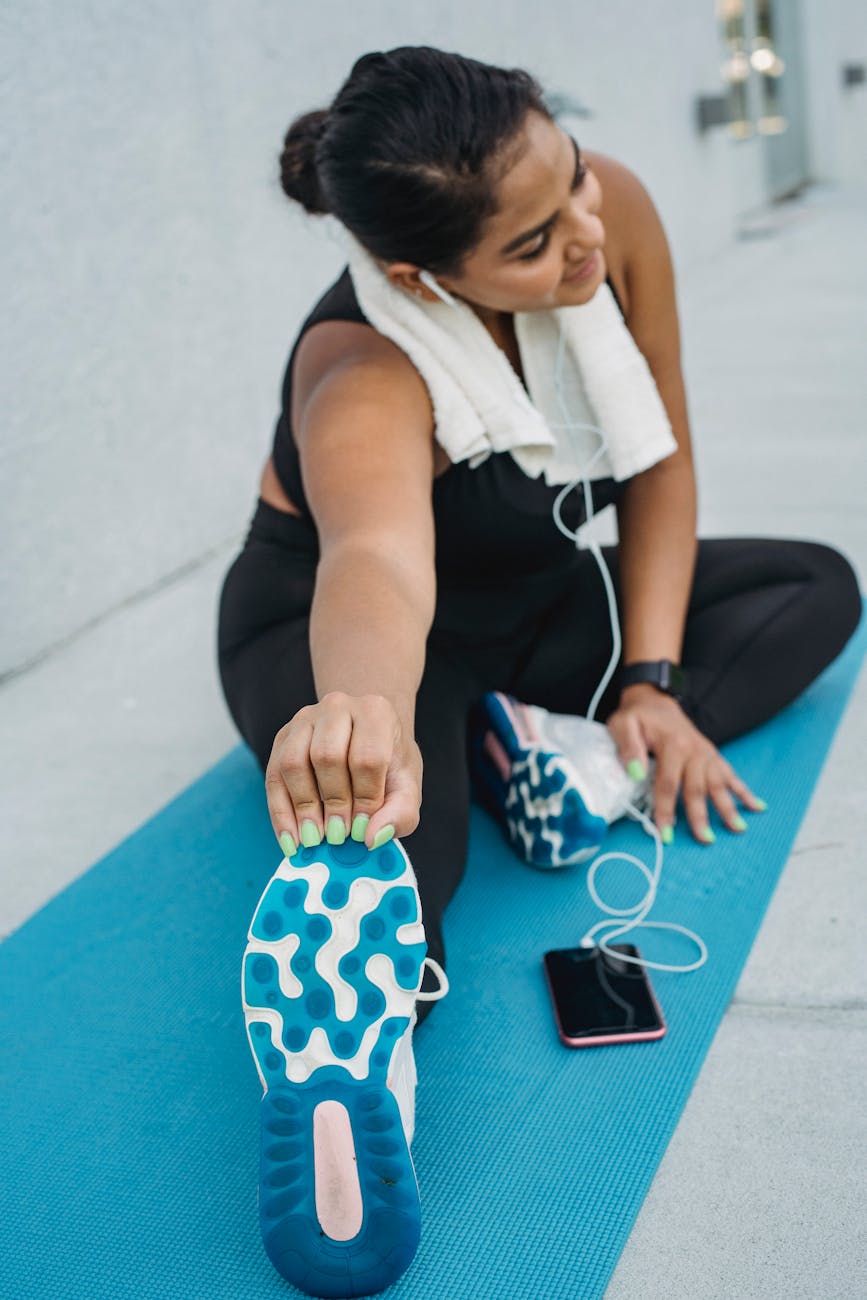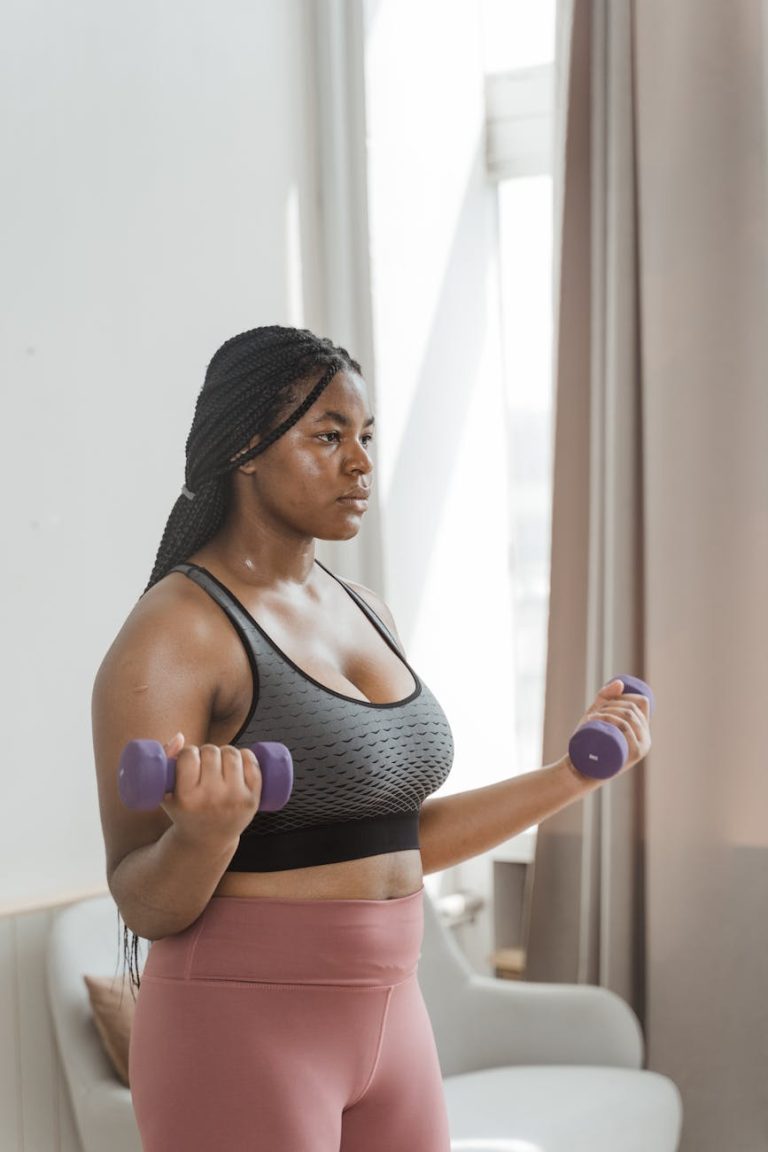
Exercise is a crucial part of a healthy lifestyle, but what you do after your workout can be just as important as the workout itself. Proper post-workout recovery is essential for optimal results and overall well-being. In this article, we will explore effortless tips to help you maximize your post-workout recovery and achieve your fitness goals.
Importance of Post-Workout Recovery
After a strenuous workout, your body needs time to repair and recover. Post-workout recovery plays a vital role in muscle growth, strength gains, and overall performance improvement. It helps reduce muscle soreness, replenish energy stores, and prevent injuries. Neglecting proper recovery can lead to fatigue, decreased performance, and even overtraining.
Hydration and Nutrition
One of the most important aspects of post-workout recovery is hydration and nutrition. Replenishing lost fluids and nutrients is crucial for muscle recovery and overall recovery. After a workout, it is essential to drink plenty of water to rehydrate your body. Consuming a balanced meal or snack containing protein and carbohydrates within an hour of your workout can help replenish glycogen stores and promote muscle repair.
Rest and Sleep
Rest and sleep are equally important for effective post-workout recovery. Aim to get at least 7-9 hours of quality sleep each night to allow your body to repair and rebuild muscles. Rest days are also essential to give your body time to recover and prevent overtraining. Listen to your body and take breaks when needed to avoid burnout and maximize your performance in the long run.
Stretching and Foam Rolling
Incorporating stretching and foam rolling into your post-workout routine can help improve flexibility, reduce muscle soreness, and enhance recovery. Stretching helps lengthen and relax muscles, preventing tightness and injury. Foam rolling is a form of self-myofascial release that can alleviate muscle tension and improve blood flow to aid in recovery.
Active Recovery
Engaging in active recovery activities such as walking, swimming, or gentle yoga can help promote blood flow, reduce muscle soreness, and enhance recovery without putting additional stress on your body. These low-intensity activities can help flush out lactic acid and improve circulation, aiding in the recovery process.
Conclusion
Post-workout recovery is a crucial part of any fitness routine that should not be overlooked. By implementing these effortless tips into your post-workout routine, you can optimize your recovery, improve performance, and achieve your fitness goals more effectively. Remember to stay hydrated, nourish your body with the right nutrients, prioritize rest and sleep, incorporate stretching and foam rolling, and engage in active recovery activities to support your body’s recovery process. With consistency and dedication to your recovery, you can maximize the benefits of your workouts and enjoy long-term success in your fitness journey.




